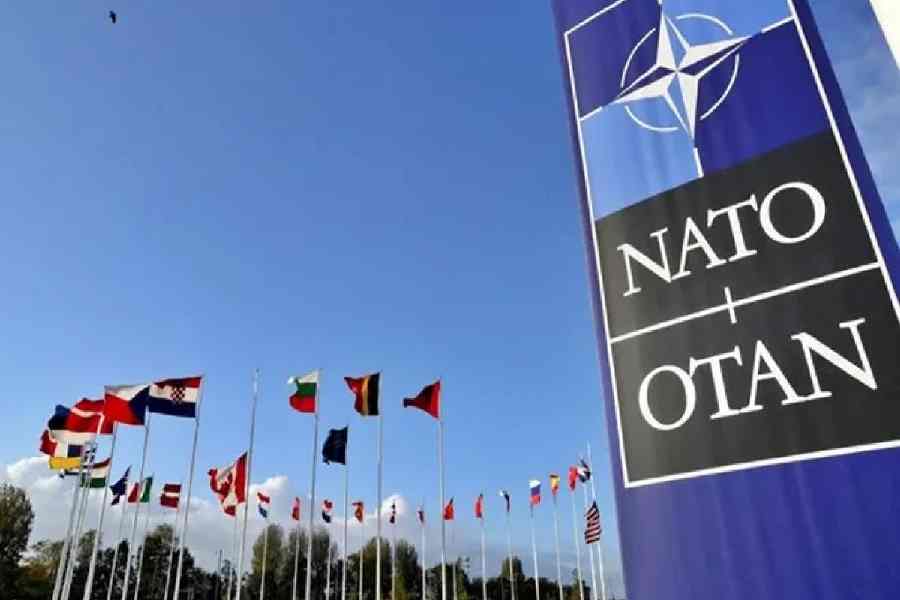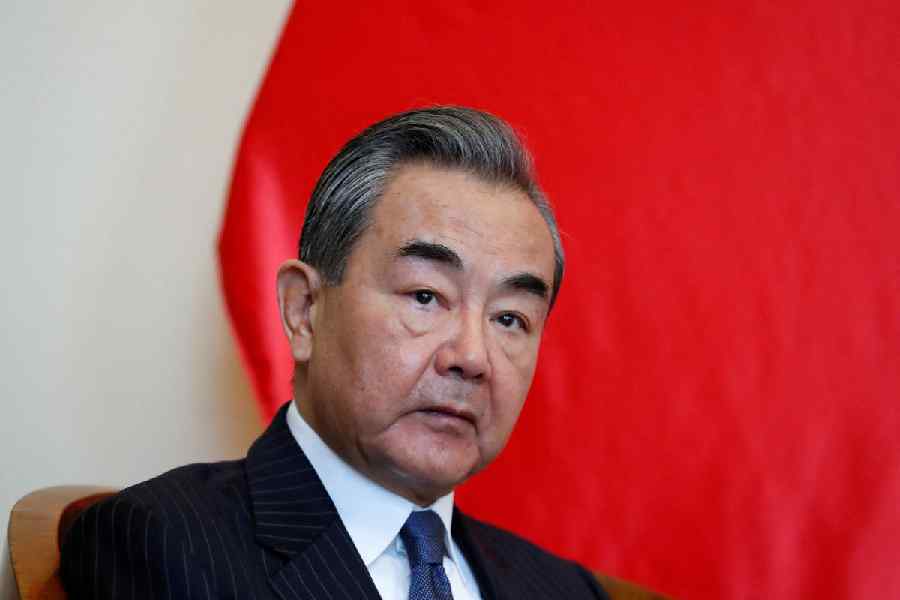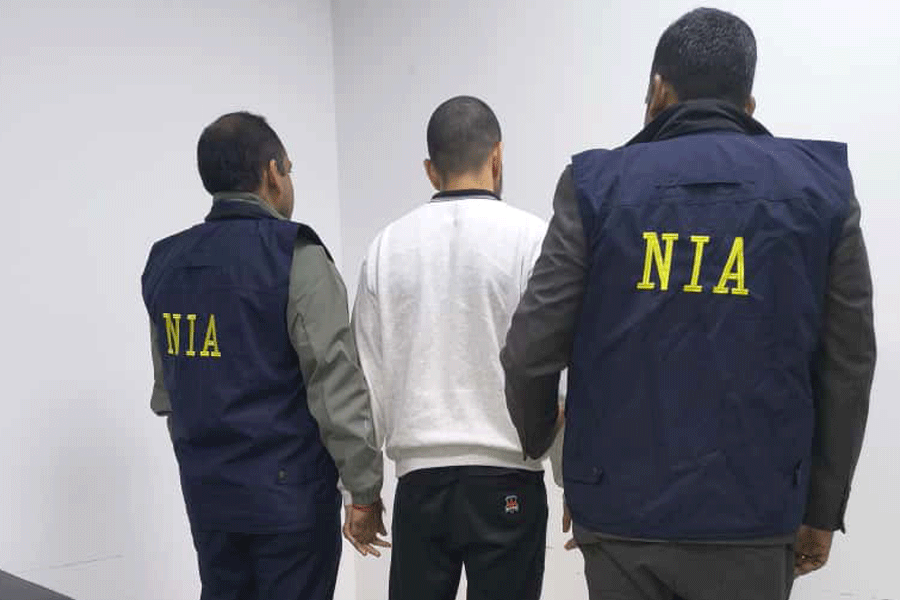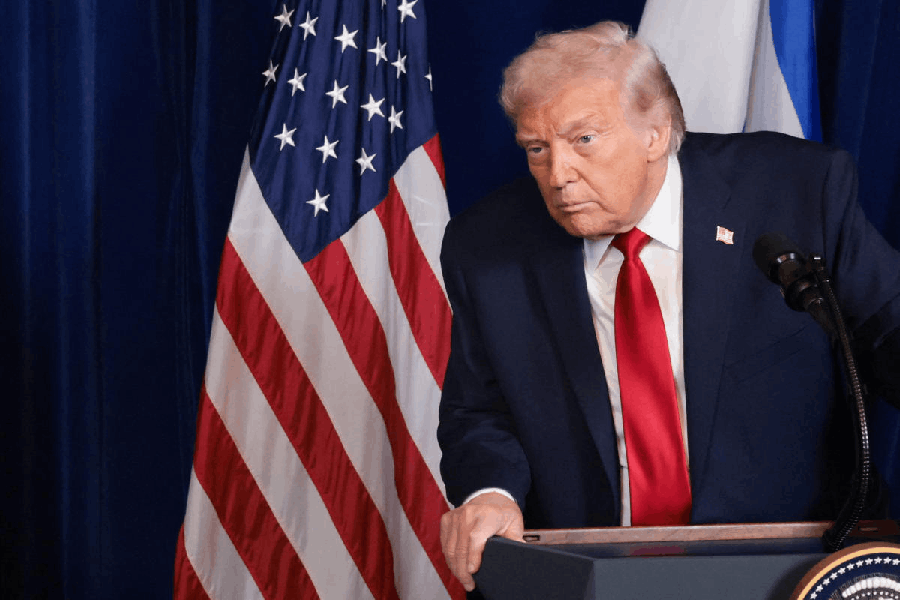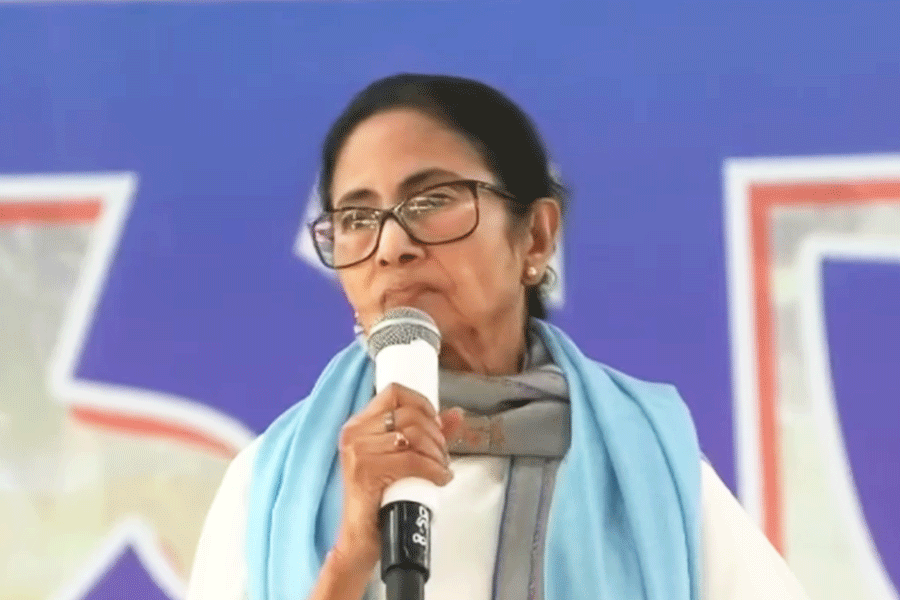In 1953, NATO’s first deputy commander remarked: “It’s my belief that if NATO had come into being earlier, there would’ve been no WWII… in the strengthening of NATO lies the best hope of preventing a Third.”
In 2002, the president of Latvia described NATO membership as the only guarantee that Baltic citizens could “go to bed and not worry about someone knocking on the door and putting you on a train for Siberia”. NATO’s 14 Articles provide just the right mix of clarity and ambiguity to keep the alliance going, offering both flexibility and purpose.
As Peter Apps writes in his book, Deterring Armageddon: A Biography of NATO, the organisation has been an imperfect body forever plagued by divisions. Cold War skirmishes like Berlin and Cuba demonstrated the complexities of an alliance amongst democracies of varying size and power. It is an institution run entirely via ‘consensus’. A single nation’s veto can thus block an agreement. A trivial misunderstanding can stop anything from happening at all.
However, the glue that holds the members together is a powerful conviction that the purpose of NATO is worth fighting for — so agreement is somehow reached in the end.
Summoned to Washington after Pearl Harbor by his mentor, George Marshall, Dwight Eisenhower’s rise was phenomenal. In January 1951, after meeting Harry Truman and before flying to Europe, Eisenhower told his son, “I consider this the most important military job in the world.” Few would ever be more genuinely committed to a transatlantic alliance. The next year and half would only occupy a few pages in his biographies but they would set the stage for the next seven decades of NATO history.
Fast forward to 2025. The United States of America, Europe’s loyal ally of 75 years, is looking unreliable, even adversarial.
First, Donald Trump reached out to Vladimir Putin to end the Ukraine war without involving Ukraine or Europe. Then, at the Munich Conference, J.D. Vance effectively endorsed Germany’s hard-Right AfD. When the US treasury secretary appeared in Kyiv, Volodymyr Zelensky hoped he’d be talking about urgent financial assistance. But what came his way was a memorandum demanding that Ukraine pledge “$500bn worth” of natural resources as a back payment for past military aid… with “an hour” to agree! For Trump, the key attractions were titanium and lithium. Compared to this protection racket, the Treaty of Versailles appears to be a love note!
On the streets around the NATO Summit in Vilnius in July 2023, advertisements on buses had declared: “While you are waiting for this bus, Ukraine is waiting to become a NATO member.” On February 14, Trump suggested Russia should rejoin the G7 along with a public acknowledgment that Ukraine wouldn’t join NATO.
How the Ukraine war ends will shape NATO’s future. China has vowed to bring Taiwan under its control by 2049, NATO’s centenary year. (A leaked 2023 memo warned of war as early as 2027.) Today, the US is on the cusp of a face-off with two nuclear-armed peer-adversaries with ambitions to alter the global status quo by force, if required. Any war with China might be accompanied by a Russian assault in Europe, creating parallel crises on both sides of the world to inflict maximum strain on allied forces.
Churchill had once remarked: “Americans can always be trusted to do the right thing, after all other options have been exhausted.” History will likely judge these recent events as shameful and anyone staying silent will be deemed complicit.
Europe is sadly being redrawn when it is not even at the table. Donald Rumsfeld once said that the alliance had a lucky habit of being “saved” once a decade by a new crisis between the West and Kremlin. The world awaits the knight(s) in shining armour!
Krishnan Ranganathan is an investment banker and an alumnus of Harvard Business School

